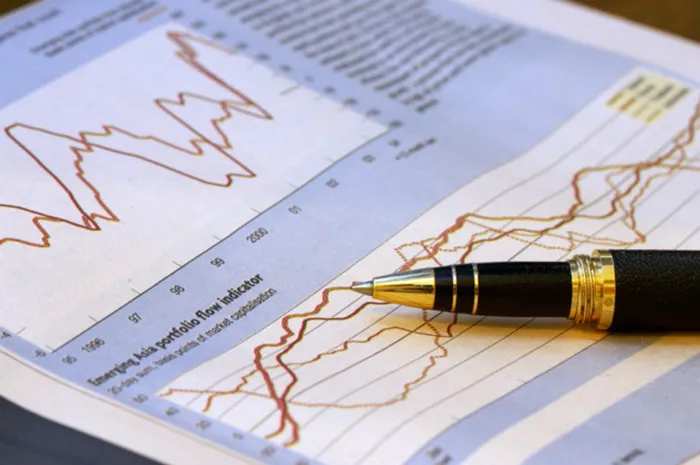Artist’s market takes off - 40 years too late

File picture File picture
New York - In the late 1960s, the American artist Sam Gilliam started to make “drape paintings”, wherein he would cover canvases with paint and hang them from the wall without stretchers. The paintings became sculpture, and the paint itself - acrylic pigment mixed with resin - a type of construction material.
Much like the output of his contemporaries (Gilliam came a few years after Morris Louis, Helen Frankenthaler and Kenneth Noland), his work falls in the Colour Field genre of painting, an abstract, postwar movement that turned canvases into flat picture planes. But unlike those same contemporaries, Gilliam has been almost entirely neglected by the art market until fairly recently. This April, his work achieved its highest auction result ever, when a 1969 painting with a high estimate of $60 000 sold for $197 000 at Swann Auctions in New York. In contrast, Frankenthaler’s auction record is $2.8 million; Noland’s auction record is $2.1 million; and Louis’s is just under $3 million, or approximately 1,400 percent more than Gilliam's best.
It’s not as if Gilliam’s been hiding. His work is in the permanent collections of the Museum of Modern Art and the Metropolitan Museum in New York, the Tate in London, and the Art Institute of Chicago. In 2005, the Corcoran in Washington held a retrospective of Gilliam’s work organised by Jonathan Binstock, who went on to be the senior adviser of postwar and contemporary art at Citibank’s art advisory group. Gilliam was never, in other words, a completely unknown quantity, yet when the LA-based based gallerist David Kordansky began to represent him four years ago, Kordansky basically had to start from scratch.
“We’re not only introducing him to a number of collectors, but simultaneously revising the history,” said Kordansky, sitting in the back of his booth at the Frieze Masters art fair in London’s Regents Park. It's about “relating his time and place to the larger historical moment” - e.g. the civil rights era - “which was when he started in the 1960s”.
The fact that Gilliam, now in his 80s, is black is one explanation why his market was neglected for so long: He didn’t fit into the heroic narrative of white, mostly male artists of the mid-20th century.
But given the art world’s recent tendency to return to that period and re-evaluate the heroes and antiheroes (the 25 female artists in the Tate’s current Pop Art exhibition; the much buzzed-about giant painting by Lee Krasner across from a tiny painting by her husband, Jackson Pollock, at Whitney’s inaugural show), it’s fitting that Gilliam’s work is creeping higher. Much higher.
Kordansky, who devoted his entire booth to Gilliam, brought just six works to the fair, all of which were created between 1967 and 1973. Three of them, which ranged in price from $225 000 to $350 000, sold on the first day. A fourth, which was reserved for institutional purchase, carried a $500 000 price tag (dealers will often give museums precedence over private collectors to get their artists into prestigious permanent collections). Kordansky said that multiple institutions had shown “very strong” interest in acquiring it.
Meanwhile, Gilliam continues to create art. He has moved away from the drape paintings and now works in a variety of mediums, including paper. (Works on paper start at $32 000.) The medium and presentation might have changed, but the aesthetic - bright, splashy colours - is the same. “That's what's so exciting and titillating about them,” he said. “It's the colour, that extreme spectrum.”
BLOOMBERG